Flutter is an open-source software development kit that allows for the rapid and easy development of cross-platform mobile apps. You can quickly create high-quality natively compiled apps for iOS and Android without having to write code for each app separately. All you need is a single codebase to support both platforms.
Tim Sneath, Flutter’s product manager, announced last year that the toolkit has been used by over 2 million developers since its release in 2018. The spring update also reveals that there is an increase in not only consumer app development but also enterprise app development.
This article will introduce you to this developer-friendly app development language. We’ll explain what Flutter is and go over its benefits and drawbacks.
What exactly is Flutter?
Building apps used to be expensive when Objective C/Swift and Java/Kotlin were the primary languages for mobile development. You had to create two separate apps, which meant doing the work twice.
To address this issue, several frameworks for creating hybrid (or cross-platform) apps in HTML5 and Javascript have been developed. Among cross-platform toolkits such as Phonegap, Xamarin, React Native, and others, the Flutter framework has grown in popularity among developers, enterprises, entrepreneurs, and users.
Flutter is a portable UI toolkit that allows you to create native-like apps for mobile, web, and desktop from a single codebase. It employs the programming language Dart and Material Design and Cupertino widgets. Flutter developers can create stunning user interfaces that look and feel native. Even though you’re using a single codebase, it behaves naturally on any platform.
Flutter is the only framework with a mobile SDK that provides a responsive style without the use of a Javascript bridge, allowing it to compete with its cousin and direct competitor React Native in terms of performance. It integrates easily with various platforms such as Android, iOS, and Linux, as well as MAC, Windows, and Google Fuchsia applications.
What is the purpose of Flutter?
Flutter is one of the best ways to create apps for both Android and iOS without having to write a separate codebase for each platform. The smartphone versions of these apps work as true native apps on Apple and Android devices and are compiled for each platform prior to publication. They don’t require a browser or a runtime module. It is also possible to create web apps for browsers as well as native programs for Windows, Linux, and macOS using the same codebase.
Flutter is used by Google for several modules of the Google Assistant as well as the user interface of the Google Home hub. Flutter is used by well-known e-commerce service providers such as eBay, Groupon, and Alibaba Group to give their mobile and web apps a consistent look.
On what programming language is Flutter built?
The Flutter SDK is built on the Dart programming language, which was also created by Google. Its goal is to replace traditional JavaScript. Dart programs can be run directly on a server, but in the browser, they are converted to JavaScript using the Dart2js transcompiler.
Dart is used to create apps for Google’s new platform, Fuchsia. Its structure is similar to that of popular object-oriented programming languages like Java or C#.
The Flutter Principle / It’s All Widgets
Flutter is a technology that is based on widgets. This means that object-oriented programming can be applied to any element. One of the advantages of using Flutter is the ease with which widgets can be modified or customized. It also includes UI widgets that meet important web application design requirements.
Since its inception as an open-source framework, Flutter has attracted a large and active developer community. This community is constantly publishing useful code examples and assisting developers in creating new, innovative, and visually appealing cross-platform apps.
Advantages and disadvantages of Flutter app development
Every programming language has benefits and drawbacks. However, in most cases, the advantages of Flutter over similar technologies clearly outweigh the disadvantages.
Advantages of Flutter app development
Flutter has a number of advantages over its rivals. These benefits are built into the programming language and the set of development tools, allowing Flutter to solve problems that other languages cannot.
1. a unified codebase for all platforms
Gone are the days when you had to write code for Android and another for iOS devices. Because of Flutter’s code reusability, you can write a single codebase and use it not only for mobile Android and iOS, but also for web, desktop, and other applications. This significantly reduces development time, eliminates costs, and allows you to launch your app much faster.
2. The “It’s all Widgets” principle opens up a world of possibilities.
When it comes to creating great visuals for your app, Flutter’s custom widgets are an absolute delight. At the same time, you don’t have to be concerned about the user interface on different devices.
3. Extensive libraries
Flutter makes use of the Skia Graphics Library, an open-source graphics library that is both fast and mature. Every time a view changes, the UI is redrawn. As a result, An app that loads quickly and runs smoothly.
4. Rapid testing with hot reloading
The hot reload feature speeds up app development. With Flutter, you don’t have to reload the app to see every change you make to the code. You can easily make changes to your app in real time, giving you more opportunities to experiment with code and fix bugs on the fly.
Disadvantages of Flutter app development
There is no such thing as a perfect technological solution, and Flutter is no exception. Flutter’s drawbacks aren’t earth-shattering, but here are a few reasons why it might not be the best toolkit for a particular app.
1. Large file size due to widgets
To begin with, Flutter apps are quite large and “heavy.” They take up a lot of storage space and take a long time to download or update.
2. Extensive updating
Updating Flutter modules is required when operating system programming requirements change. Because the modules are fixed elements in the program, they must also be recompiled and reinstalled on the devices.
3. Restrictions on the number of tools and libraries available
Because Flutter is a relatively new development framework, you may not be able to find the desired functions in the current library. It will take some time for Flutter to develop specific tools, expand functionality, and grow the community.
Apps built with Flutter
Flutter app development is becoming increasingly popular. Flutter is now widely used to create apps for companies such as Alibaba, Yandex, Airbnb, Uber, eBay, and others. Here is a list of the best Flutter apps.
What are your next steps in Flutter app development?
Over the last 18 months, Appify has created a number of apps in Flutter. Using Flutter, we have created excellent social media apps, service booking apps, productivity measurement apps, utility apps, product distribution apps, and healthcare apps. Despite the fact that the technology has only been around for a short time, we are skilled practitioners!
Contact Marcelo Design X for a free consultation if you’d like to discuss the possibility and benefits of using Flutter app development for your project.



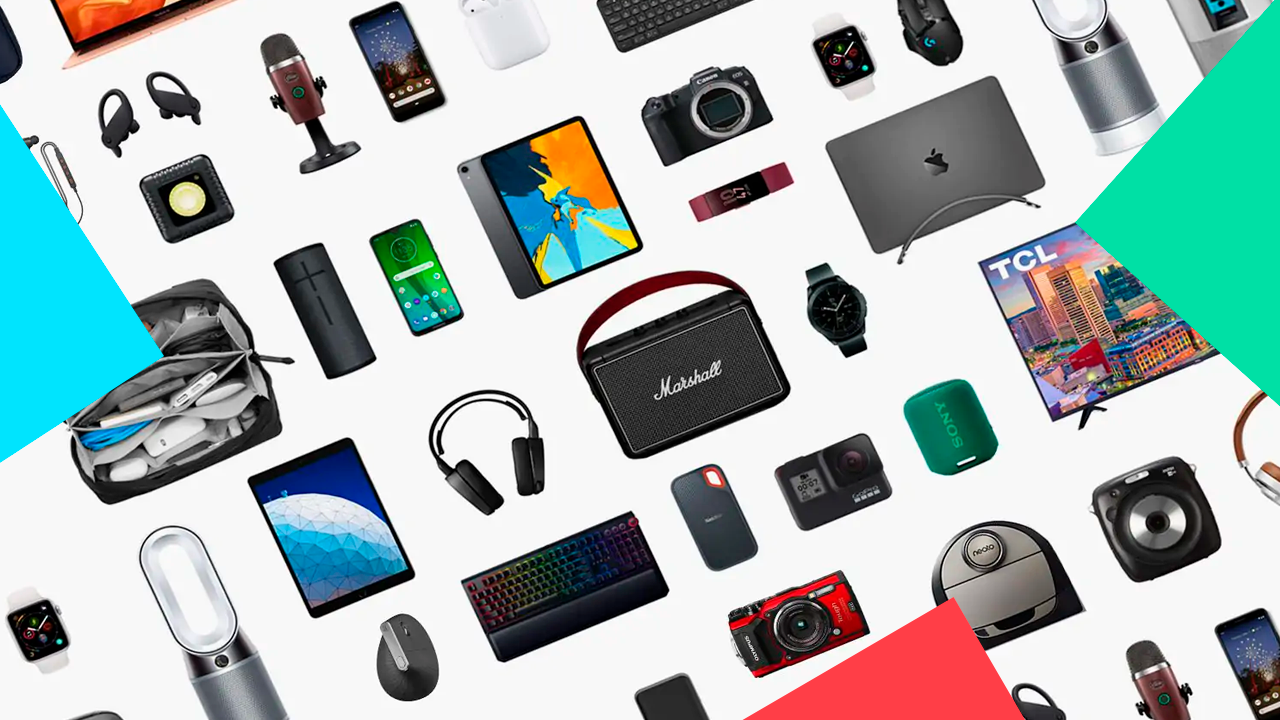
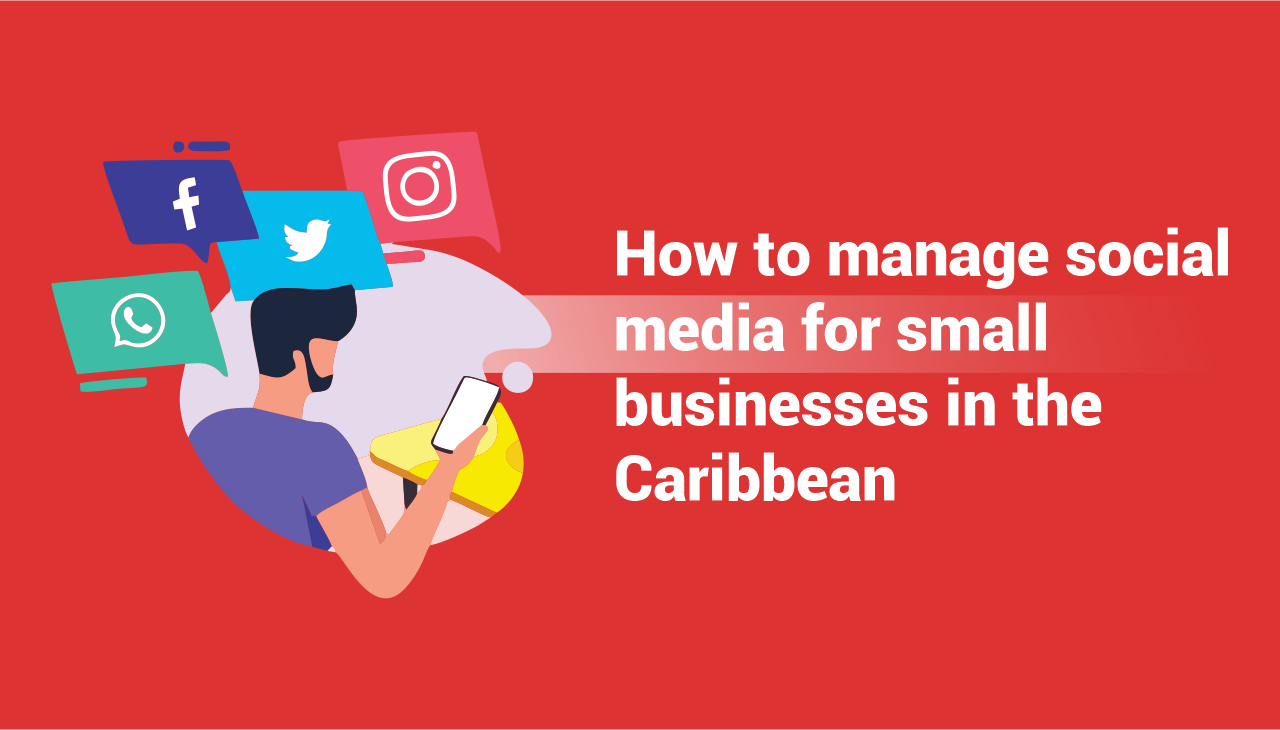


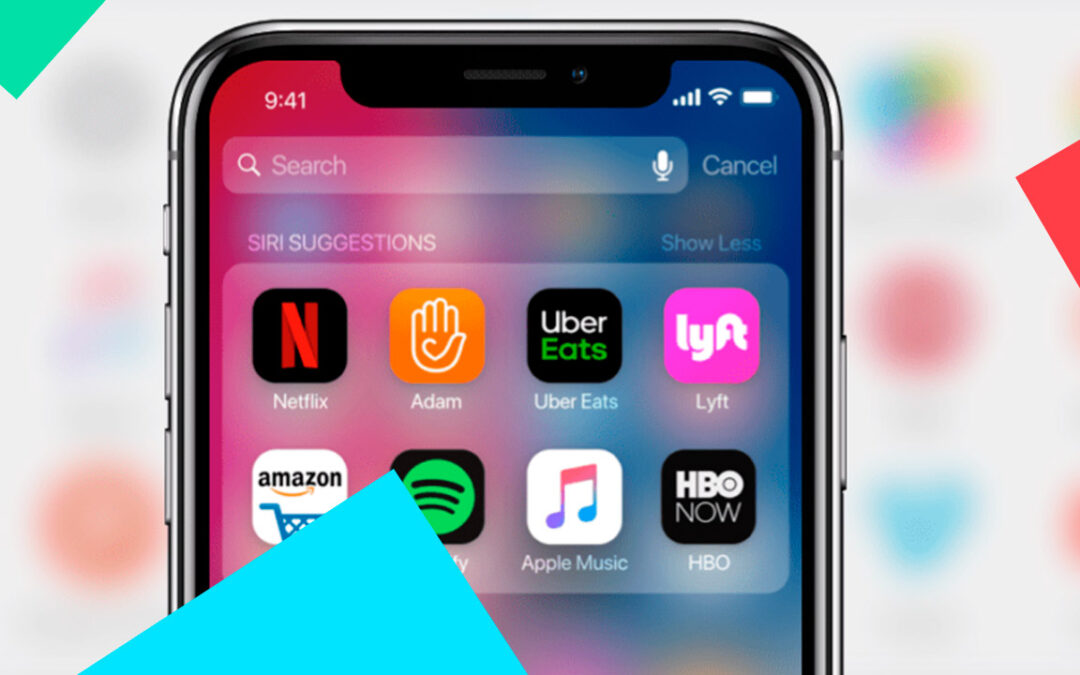
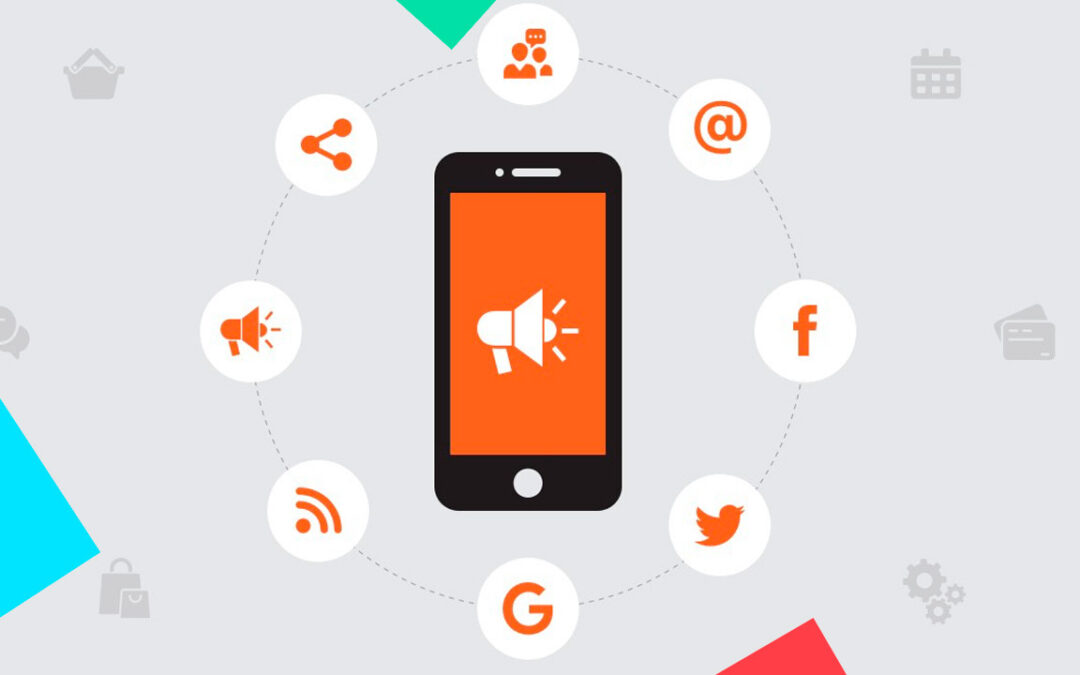

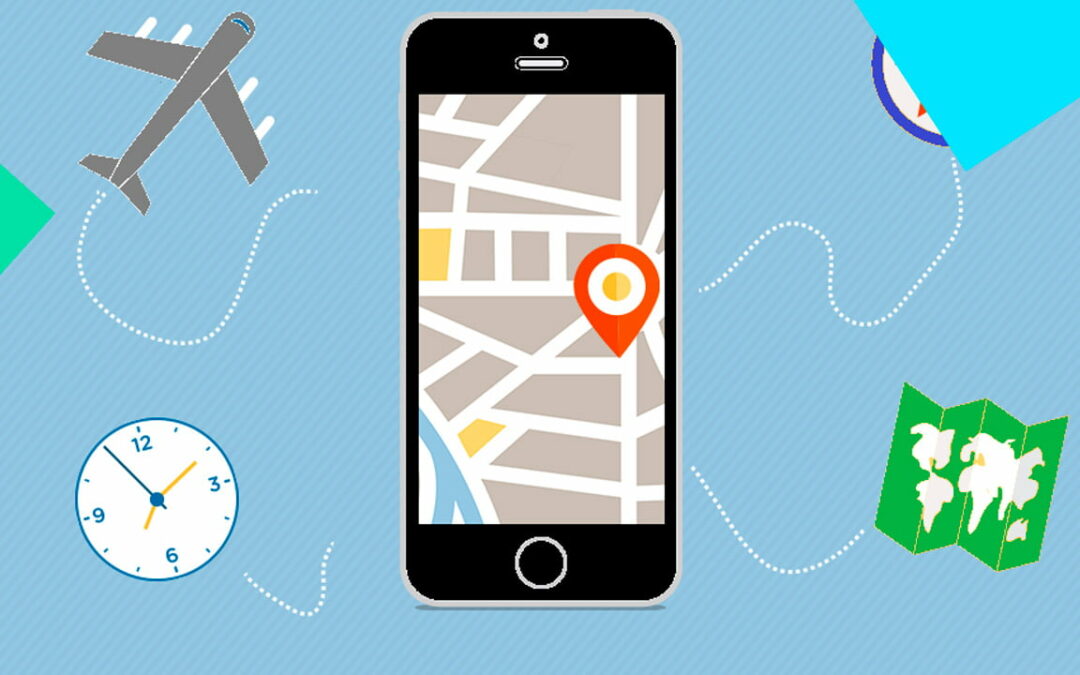
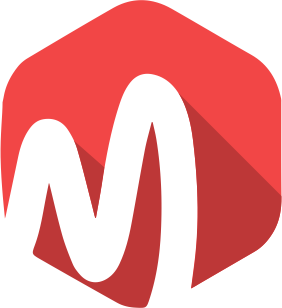
0 Comments